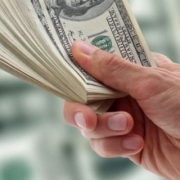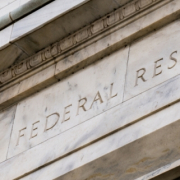Why CRE Is Proving More Stable Than Stocks, According To One Expert
The stock market has been on a tumultuous ride as of late, making commercial real estate even more attractive to investors looking for stability amid the chaos.
“I think it gives everyone a little heartburn to see the S&P 500 fall by more than 6% in a little over a week,” says Marcus & Millichap’s John Chang. “But the stock market has been on this trend for awhile.”
Specifically, the stock market is down by 10% over the last month and by 24% from the peak at the beginning of this year. And while it gained 27% in 2021, the losses this year have basically wiped out last year’s gains. The CRE market also had big pricing gains last year, according to Marcus & Millichap data, led by industrial at 17.9%, self-storage at 13.6% and apartment at 8.1% The difference?
“While the stock market peaked at the end of 2021, “commercial real estate kept going,” Chang says.
In the first half of 2022, the average industrial prices went up by 13%, self-storage went up by 10.5%, and hotels increased by 13.7%. Meanwhile, in the first half of 2022 the stock market fell by 20%. The caveat, however, is that pricing is typically locked in 90 days before a deal closes, meaning second quarter pricing numbers were probably locked in before the Fed began aggressively raising rates.
Chang says the Fed’s press conference after its latest hike on September 21 “will probably impact” CRE pricing, “but the impact will be far less severe than what we’re seeing on Wall Street.”
“In general, CRE values tend to move more slowly than the stock market. They also tend to be less dramatic,” Chang says, adding that quarter-over-quarter pricing swings over the last 20 years have been “enormous” while commercial real estate pricing has largely remained steady.
Total annual returns also drive this point home, with CRE delivering a compound annual growth rate of 7.8% since 2000, beating the S&P at 5.3%.
“It still has its ups and downs, but its amplitude tends to be very modest compared to the stock market,” Chang says.
Source: GlobeSt.











